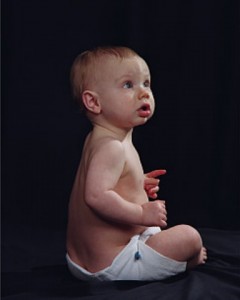
Modern cloth diapers can be broken down into five main categories: prefolds, fitteds, pocket, all-in-one (AIO) and hybrids. All of these come with their own benefits and negatives depending on what you want in a diaper. But they all have one thing in common: being green. Using cloth diapers means less trash being tossed out, fewer trees being cut down, and less pollution from factories. Going green is easy to do with cloth diapers.
Prefolds
These are the diapers that most closely resemble the plain diapers of yesterday. Today, however, modern prefolds are no longer simple flat pieces of fabric. They contain a thicker layer of fabric going down the middle to aid in absorption. Though old fashioned pins can still be found, most parents use alternative methods to fasten prefolds. Plastic fasteners such as the Snappi are the most commonly used, as they are low cost, effective, and hardly a danger that pins can be.
These are the simplest diapers to use, and the cheapest to buy. You can find prefolds in cotton, hemp, flannel, or even this gauze. Using prefolds does require a wrap or a cover to prevent leaks, but covers can be reused several times before needing to be washed making them still a simple choice.
Fitteds
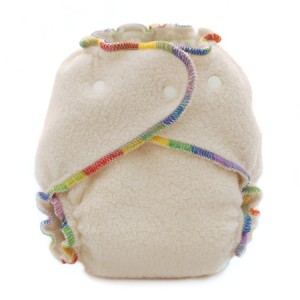
Fitteds come in a variety of fabrics, often with a softer fabric layer on the inside against the skin. There is usually a thin layer of fabric added to the center for added absorbency, but they will not absorb everything. You will still need to use a cover to prevent leaking through, and for heavy wetters there are strips of additional fabric called doublers that can be added in to the diaper.
Pocket Diapers
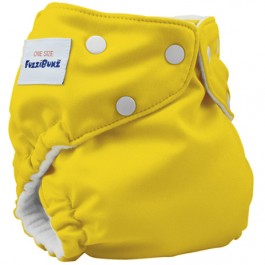
What makes a pocket diaper is the opening, or pocket, in the back of the diaper. Pocket diapers have no fabric inside to absorb wetness. Instead you stuff the pockets with doublers to give the diapers their absorbency. You can add as few or as many as needed, and adjust where the doubler lays into the diaper. This is great for adding additional absorption at night when most leaks happen
All-IN-One (AIO)
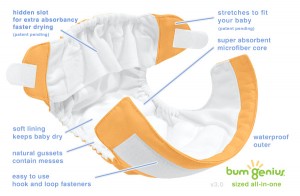
These are great diapers to use at night because of their ability to hold in wetness. The downside though is that AOIs tend to be the priciest diapers on the market. Parents on a tight budget might not be able to buy many AOIs.
Hybrid Cloth Diapers
Hybrid cloth diapers have grown in popularity because of their ability to travel well. Parents can use cloth liners while at home and disposable liners while traveling or away from home. The best part about this system is that both inserts fit inside the same diaper cover – giving parents the best of both worlds.
Cloth diapers and covers today come in a variety of colors and styles. Not satisfied to settle for plain white, cloth diapers can make a fashion statement. You can find diapers in nearly any color and pattern, making it completely possible to match your baby’s diaper with the rest of their outfit. – Summer, staff writer
Related Articles:
- Product Review: Monkey Doodlez Micro and Bamboo AIO Cloth Diapers
- gDiaper Introduces Cloth Inserts For Use With gPants
- Lucky Jade Introduces Baby Chai!

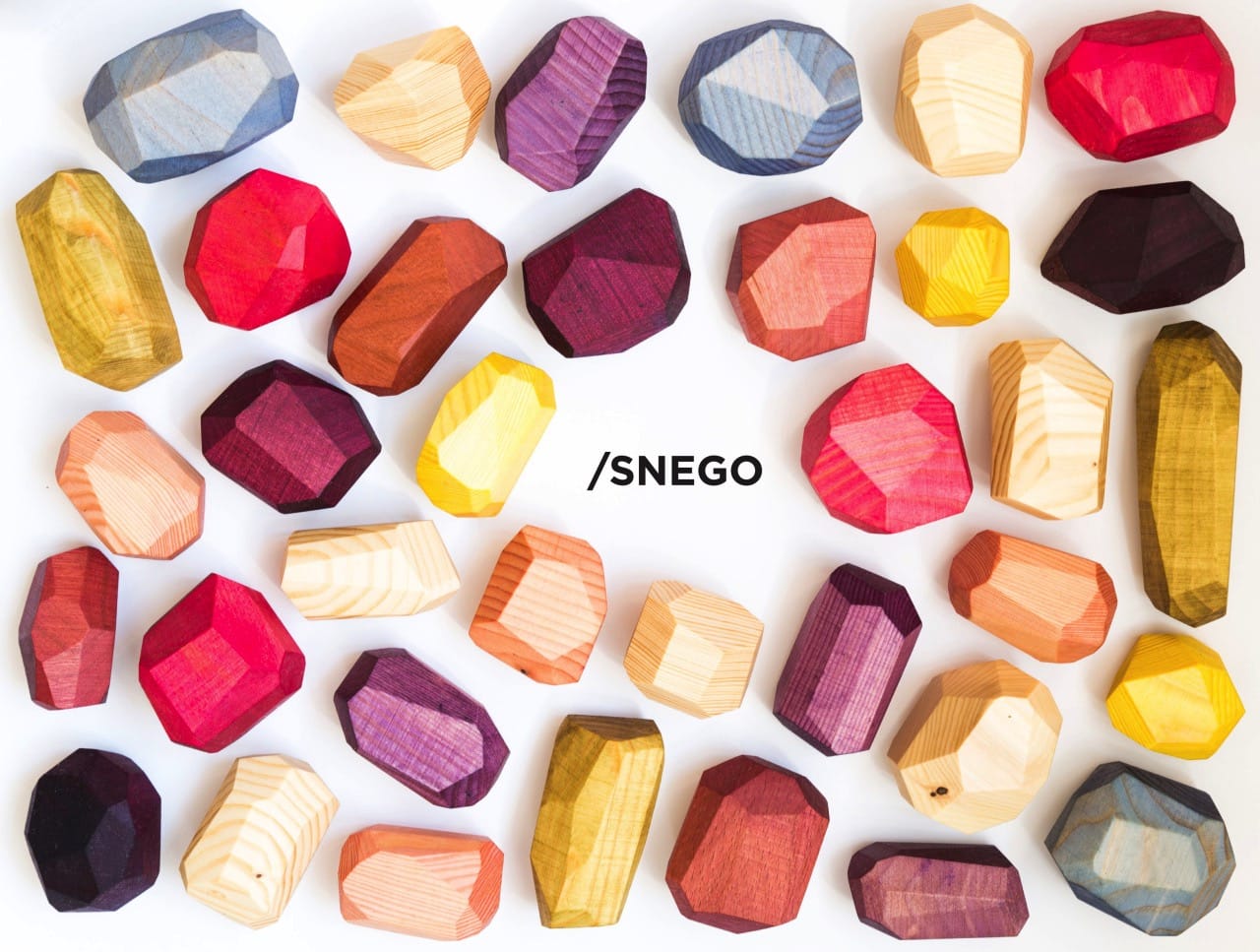
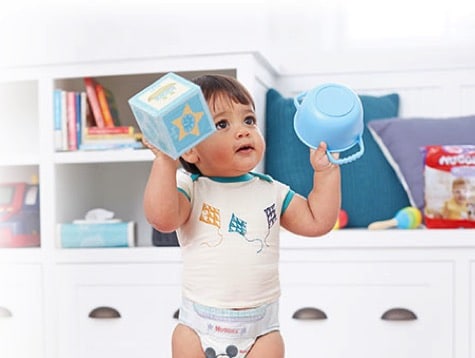
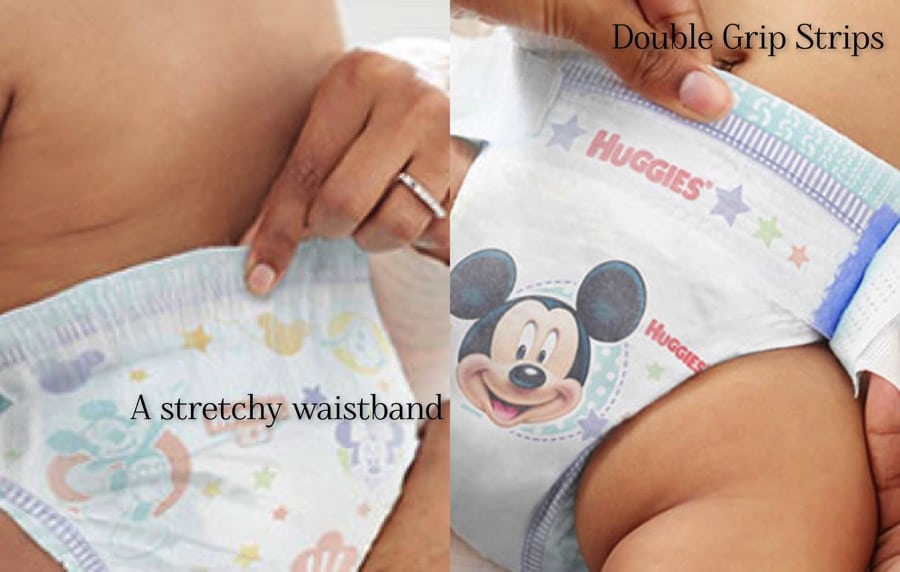


We have been cloth diapering our daughter for 14 months and plan on continuing to do so with baby #2 (due in August). We use a combination of hybrids (g-diapers with both disposable & cloth liners), fitteds and pockets (at night). Cloth diapering is so easy and I feel great about being good to the environment every week on garbage day when I realize how little waste we have added with the addition of a baby!
I really appreciated this great overview. I just published a blog post this week about cloth diapering. I’m linking to your post in my Mister Linky Widget so that others can read more about other options out there. Thanks! ~Shaye
Thank you for linking our post Shaye!